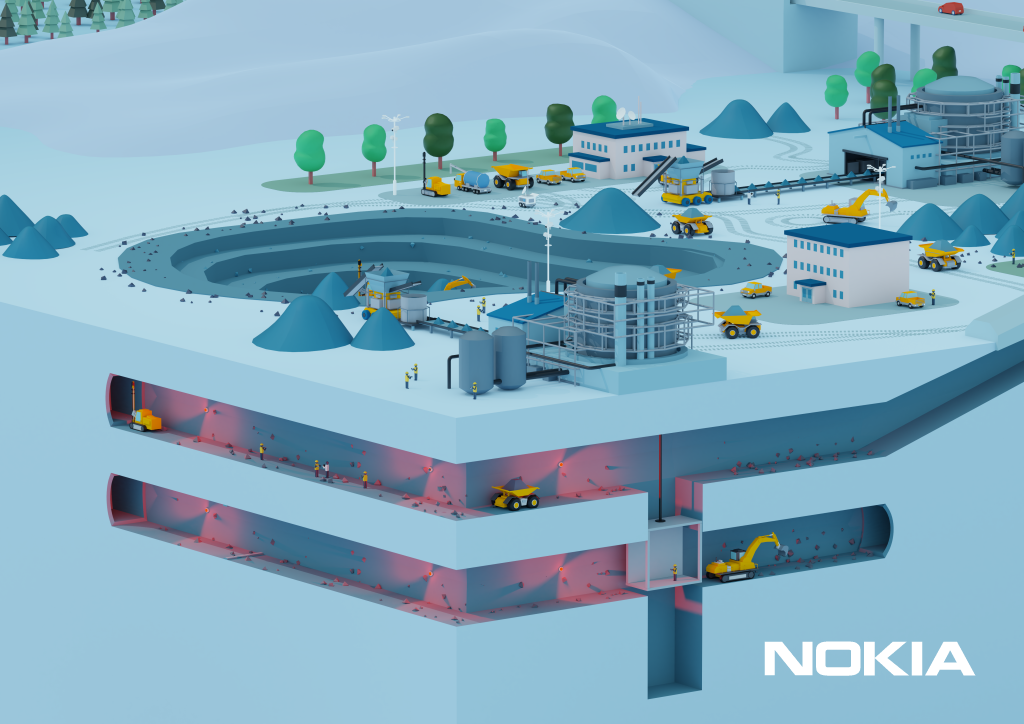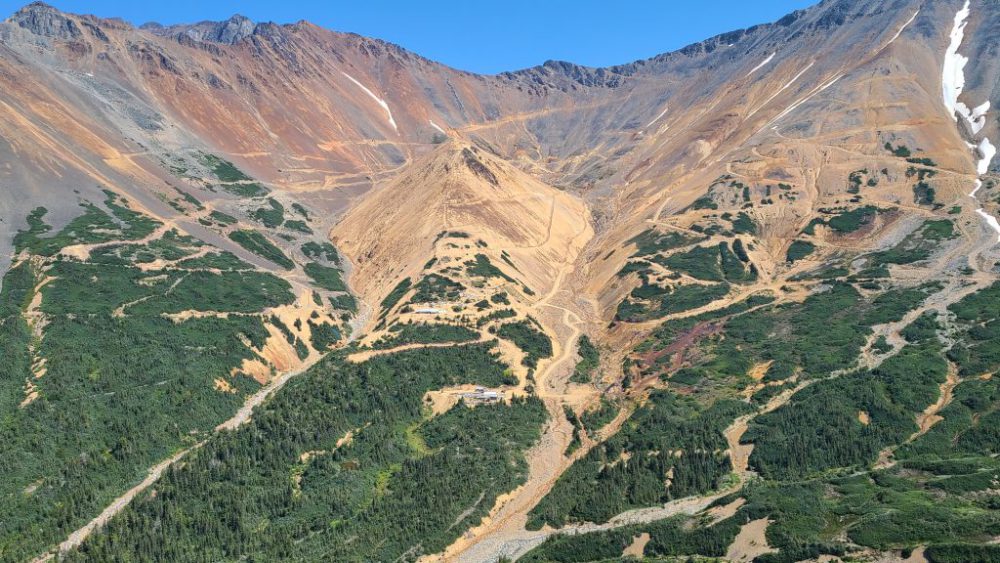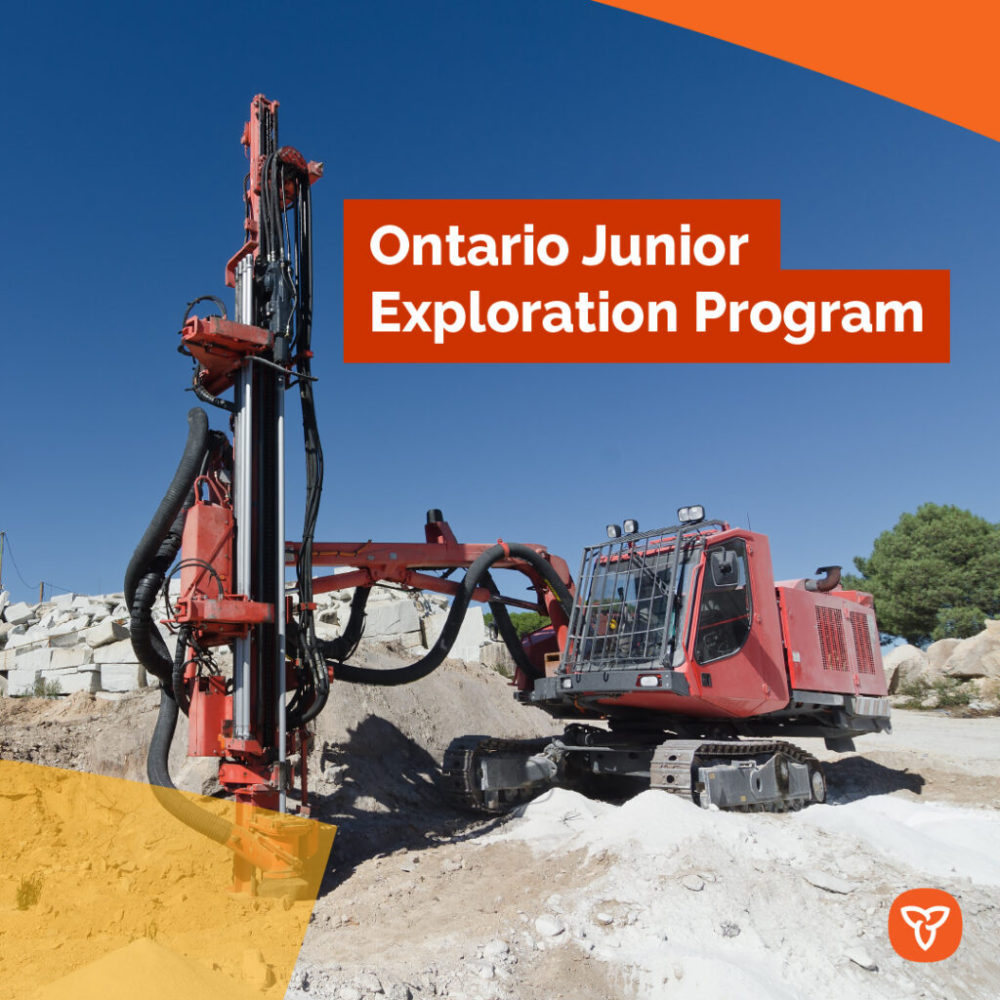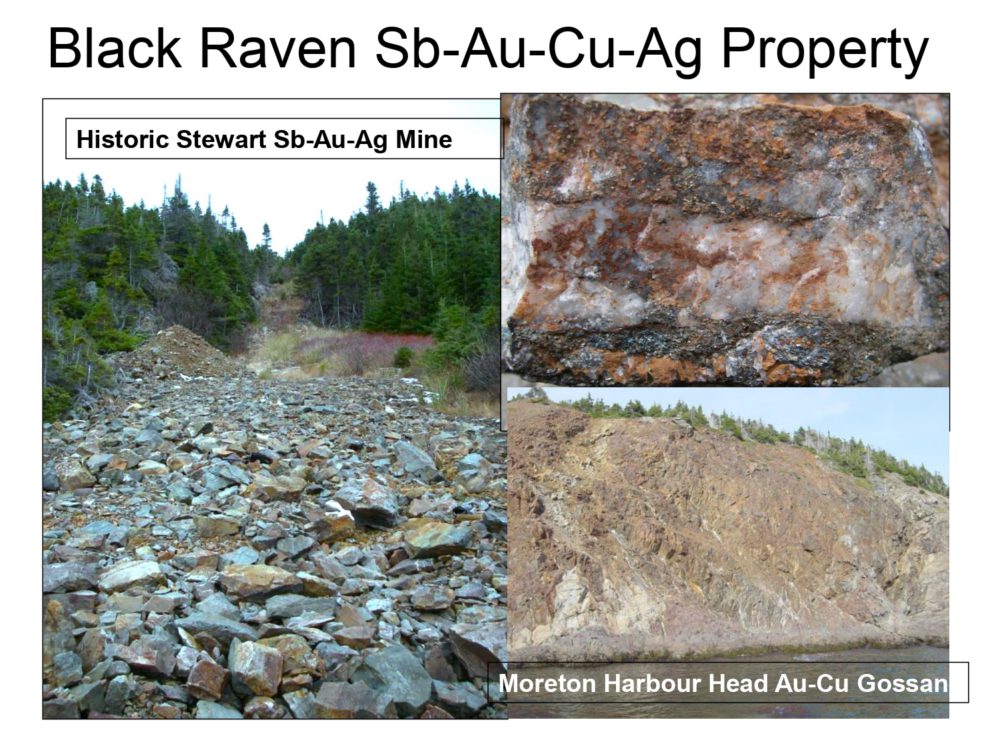[caption id="attachment_1003735484" align="alignnone" width="550"]

The connected mine. Credit: Nokia[/caption]
The coronavirus pandemic is giving many of us the opportunity to reflect, plan and strategize for the future. Mining executives are no exception, says Marc Jadoul, strategic marketing director at
Nokia.
Jadoul says the pandemic is an opportunity for miners to speed up their digital transformations.
“Some of the miners today are stuck at home,” he said in an interview from Antwerp, Belgium. “They have time now to think about their strategy and about their future mode of operations.”
With many operations either suspended or operating at a reduced scale, both health and safety issues and productivity and profitability are on their minds.
“On one hand, there's going to be a short term challenge, which is to deal with the current situation. But for me, personally, I think the post-COVID era is going to be even more interesting,” Jadoul says.
“Mining overall has been quite conservative in technology adoption, digital transformation, investments in innovation and new technology and I think this could change in the near to mid-term future.”
For companies that are just now looking seriously at digital technologies and Industry 4.0 applications, the focus is on the longer-term drivers of productivity and operational costs, as well as health and safety considerations.
“They are looking at these technologies mainly through “new normal” glasses – and the new normal is going to be much more automated,” Jadoul says. “They need to invest in continuous operation, automation, and new use cases for making their mines safer, more productive and more efficient than they are today.”
Nokia is primarily a communications network provider, including private wireless LTE/4.9G (soon to be 5G), for both open pit and underground operations. But the company is also involved in analytics and has partnerships with companies such as
Sandvik and
Komatsu for specialized mining applications, and with
innovation centres such as Sudbury's Norcat, that give it insight into the mining sector's biggest issues.
Enforcing physical distancing
For companies that are already well down the digital transformation path, there are a couple of specific ways that miners can use digital technologies to keep their workers safe during the pandemic.
The first is by using technologies such as geolocation, geotracking and geofencing to enforce physical distancing.
“This technology is more advanced and more precise than GPS,” Jadoul says, explaining that GPS has a radius of between 10 and 20 metres. “You could do some sort of augmented GPS, combining GPS signal with your network signal... We have an underground solution where we're combining the push-to-talk terminals with blue-tooth beacons that we're placing along the mine corridors. This means that you have exact geolocation to keep track of people and assets wherever they are in the mine.”
Video monitoring can also be used to enforce physical distancing, Jadoul says. If people on video are detected as being too close to one another, they can automatically be sent a personal alert.
Real-time health monitoring of workers is also possible, with many sensors already available on the market, says Jadoul. “Think of wearables that measure body temperature or heart beat of mine workers – having a kind of real-time overview of their health conditions.”
The second way is by enabling operations to have fewer people underground or in the pit.
And that's where LTE technology – just starting to be adopted by some miners – beats out Wi-Fi, which is much more common in mining operations, Jadoul says.
“There are problems with Wi-fi in terms of scalability, predictability, quality of service, service prioritization,” Jadoul says. Applications such as autonomous hauling for example, need more bandwidth and low-latency communications.
“Some of these trucks have up to four cameras mounted on them to get a 360-degree view on what's happening around them. They need low-latency communications and ubiquitous coverage of the whole pit or underground. And this is something where today wireless technologies like Wi-Fi or even Wi-Max have problems, because you need about 8-10 times more Wi-Fi access points than you would need cellular access points for 4G.”
LTE can also replace both Wi-Fi and P25 networks currently used for push-to-talk or push-to-video communications in one network.
Read more about Nokia's vision for the future of mining at
www.nokia.com/networks/industries/mining. 
 The connected mine. Credit: Nokia[/caption]
The coronavirus pandemic is giving many of us the opportunity to reflect, plan and strategize for the future. Mining executives are no exception, says Marc Jadoul, strategic marketing director at Nokia.
Jadoul says the pandemic is an opportunity for miners to speed up their digital transformations.
“Some of the miners today are stuck at home,” he said in an interview from Antwerp, Belgium. “They have time now to think about their strategy and about their future mode of operations.”
With many operations either suspended or operating at a reduced scale, both health and safety issues and productivity and profitability are on their minds.
“On one hand, there's going to be a short term challenge, which is to deal with the current situation. But for me, personally, I think the post-COVID era is going to be even more interesting,” Jadoul says.
“Mining overall has been quite conservative in technology adoption, digital transformation, investments in innovation and new technology and I think this could change in the near to mid-term future.”
For companies that are just now looking seriously at digital technologies and Industry 4.0 applications, the focus is on the longer-term drivers of productivity and operational costs, as well as health and safety considerations.
“They are looking at these technologies mainly through “new normal” glasses – and the new normal is going to be much more automated,” Jadoul says. “They need to invest in continuous operation, automation, and new use cases for making their mines safer, more productive and more efficient than they are today.”
Nokia is primarily a communications network provider, including private wireless LTE/4.9G (soon to be 5G), for both open pit and underground operations. But the company is also involved in analytics and has partnerships with companies such as Sandvik and Komatsu for specialized mining applications, and with
The connected mine. Credit: Nokia[/caption]
The coronavirus pandemic is giving many of us the opportunity to reflect, plan and strategize for the future. Mining executives are no exception, says Marc Jadoul, strategic marketing director at Nokia.
Jadoul says the pandemic is an opportunity for miners to speed up their digital transformations.
“Some of the miners today are stuck at home,” he said in an interview from Antwerp, Belgium. “They have time now to think about their strategy and about their future mode of operations.”
With many operations either suspended or operating at a reduced scale, both health and safety issues and productivity and profitability are on their minds.
“On one hand, there's going to be a short term challenge, which is to deal with the current situation. But for me, personally, I think the post-COVID era is going to be even more interesting,” Jadoul says.
“Mining overall has been quite conservative in technology adoption, digital transformation, investments in innovation and new technology and I think this could change in the near to mid-term future.”
For companies that are just now looking seriously at digital technologies and Industry 4.0 applications, the focus is on the longer-term drivers of productivity and operational costs, as well as health and safety considerations.
“They are looking at these technologies mainly through “new normal” glasses – and the new normal is going to be much more automated,” Jadoul says. “They need to invest in continuous operation, automation, and new use cases for making their mines safer, more productive and more efficient than they are today.”
Nokia is primarily a communications network provider, including private wireless LTE/4.9G (soon to be 5G), for both open pit and underground operations. But the company is also involved in analytics and has partnerships with companies such as Sandvik and Komatsu for specialized mining applications, and with 




Comments